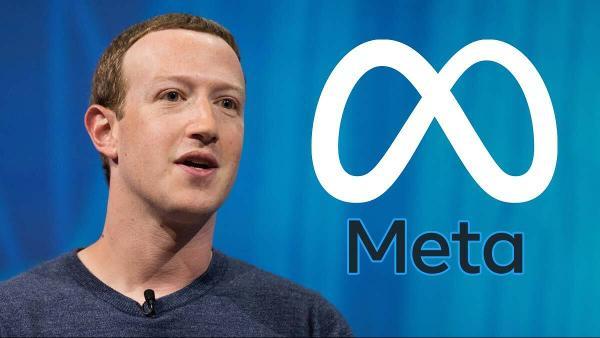CES 2026: How Emerging Technology is Shaping the Year Ahead
An expert breakdown of CES 2026, exploring how robotics, intelligent devices, and next‑gen computing are shaping technology and professional workflows in 2026.

AI salaries hit record highs in 2025 as Meta offers &250M to one researcher. Discover what’s driving this unprecedented bidding war for artificial intelligence talent.
In 2025, the artificial intelligence job market has entered uncharted territory. Salaries once considered unimaginable—even in Silicon Valley—are now the norm for elite AI researchers.
Meta reportedly offered one top researcher a $200 million package over four years—that’s $50 million per year, eclipsing the paychecks of most Fortune 500 CEOs. Even more staggering, sources say an AI engineer recently turned down an offer exceeding $1 billion over multiple years, underscoring the near-mythical status that top AI talent now commands.
The Billion-Dollar Bidding War: Why It’s Happening
The driver behind this frenzy is clear: the race to build artificial general intelligence (AGI). The company that first achieves scalable AGI could control the next economic platform—akin to inventing the internet or harnessing electricity.
Top-tier AI talent is vanishingly rare. Only a small number of researchers possess the mathematical depth, systems expertise, and alignment knowledge required to scale language models and push AI beyond current limits. That’s why companies like Meta, Google DeepMind, OpenAI, Anthropic, and xAI are offering:
These aren’t traditional jobs—they’re moonshot partnerships.
📉 Historical Context: AI vs. Other Fields
To grasp how radical this shift is, consider the numbers:
Today’s AI researchers are operating in a completely different stratosphere.
Who Commands These Offers?
Not every ML engineer qualifies. The billion-dollar packages are reserved for individuals who sit at the nexus of science, infrastructure, and product impact:
Their work can shift entire industries—and that exponential leverage is exactly what tech giants are bidding on.
Implications: Startups, Academia, and Ethics
While big tech hoards elite minds, startups and academic labs face a brain drain. PhD students are being hired away mid-dissertation, creating a talent vacuum in institutions that historically incubated groundbreaking research.
This raises pressing concerns:
Some in the field question whether the frenzy is sustainable—or morally defensible.
Final Thoughts: The Era of the AI Superstar
The compensation packages of 2025 aren’t just paychecks—they’re strategic bets on the future of intelligence itself. As the AGI race accelerates, billion-dollar contracts for AI engineers may soon become as common as blockbuster sports deals or Hollywood mega-contracts.
We’ve entered the age of the AI superstar—and the game is only just beginning.
An expert breakdown of CES 2026, exploring how robotics, intelligent devices, and next‑gen computing are shaping technology and professional workflows in 2026.
A thoughtful exploration of how modern AI tools are reshaping professional productivity in 2026, with practical insights, real world scenarios, and an honest look at limits and tradeoffs.
Looking to supercharge your productivity? Explore our comprehensive guide to the top 10 AI productivity tools offering free trials in 2026. From intelligent writing assistants to automated project management, discover which AI tools can save you hours every week. Get detailed comparisons, pricing breakdowns, and expert tips to choose the perfect tools for your workflow.
